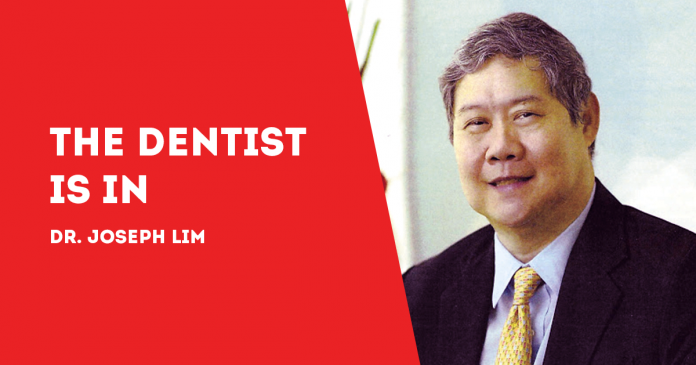
FOR A LONG time, dentistry has been independent of medicine.
That’s the practice, generally. And that’s about to change.
Both dentists and doctors of medicine and health care workers are calling for a closer collaboration between the professions in the light of growing scientific evidence that chronic diseases – including respiratory disease, cardiovascular disease, cognitive impairment and diabetes mellitus – are linked to oral infection and inflammation.
Thus, collaborative oral health care is important to prevent oral complications and other diseases such as pneumonia.
There are few studies on the ground looking at how health workers practice collaborative oral care with professionals and how many of them are willing to do it.
A study that looked at the perceptions, attitudes and performance of health care workers regarding collaborative oral health care fills in the gap.
The study, published in the International Dental Journal, was led by Satoru Haresaku of the Department of Nursing, Fukuoka Nursing College, in Fukuoka, a prefecture in northern Kyushu Island, Japan.
Those who participated in the study were dentists, dental hygienists, hospital nurses, speech-language-hearing therapists and certified health care workers.
Dentists were members of the Fukuoka Dental Association and dental hygienists worked in dental clinics. Hospital nurses worked in hospitals without dental departments. The therapists and health care workers were members of professional associations.
The study, conducted from February 1 to July 30, 2019, was the first attempt in Japan to explore collaborations among health care workers.
The data, collected by mail survey, showed that only 20 percent to 60 percent of health care workers performed collaborative oral health care, while more than 75 percent of them were willing to perform such care.
The Japanese Society of Oral Health Care defines oral health care as “science and technology to prevent oral diseases, promote oral health and provide oral rehabilitation with the aim of improving quality of life”.
Oral health care includes oral examination; oral hygiene; cleaning of dentures; rehabilitation of mastication, eating and swallowing; gingival and buccal massage; meal assistance; treatment of halitosis; and prevention of xerostomia or dry mouth.
The levels of collaborative oral health care were lower among hospital nurses than among the other health care workers.
The study showed that more than 80 percent of health care workers performed collaborative oral health care with others in their own profession and were willing to do it with dentists, nurses, therapists and physicians.
However, less than 70 percent did it with other health professionals. Less than 30 percent of nurses did it with oral health professionals, but that’s probably because they worked in hospitals without dentistry departments.
Perceptions of dental examination and the removal of dental plaque, for example, were higher among the oral health professionals than among the other groups.
Perceptions of speech training as oral health care were higher among speech therapists than among the other professionals. It indicates that health care workers might tend to perceive skills or treatments that they usually perform as ones which should be performed as part of oral health care.
The study recommended that oral health professionals should recognize the differences in the perceptions, attitudes and performance of health care workers. This way, they will improve interprofessional collaboration.
***
Dr. Joseph D. Lim is the former Associate Dean of the UE College of Dentistry, former Dean of the College of Dentistry, National University, past president and honorary fellow of the Asian Oral Implant Academy, and honorary fellow of the Japan College of Oral Implantologists. Honorary Life Member of Thai Association of Dental Implantology. For questions on dental health, e-mail jdlim2008@gmail.com or text 0917-8591515./PN

